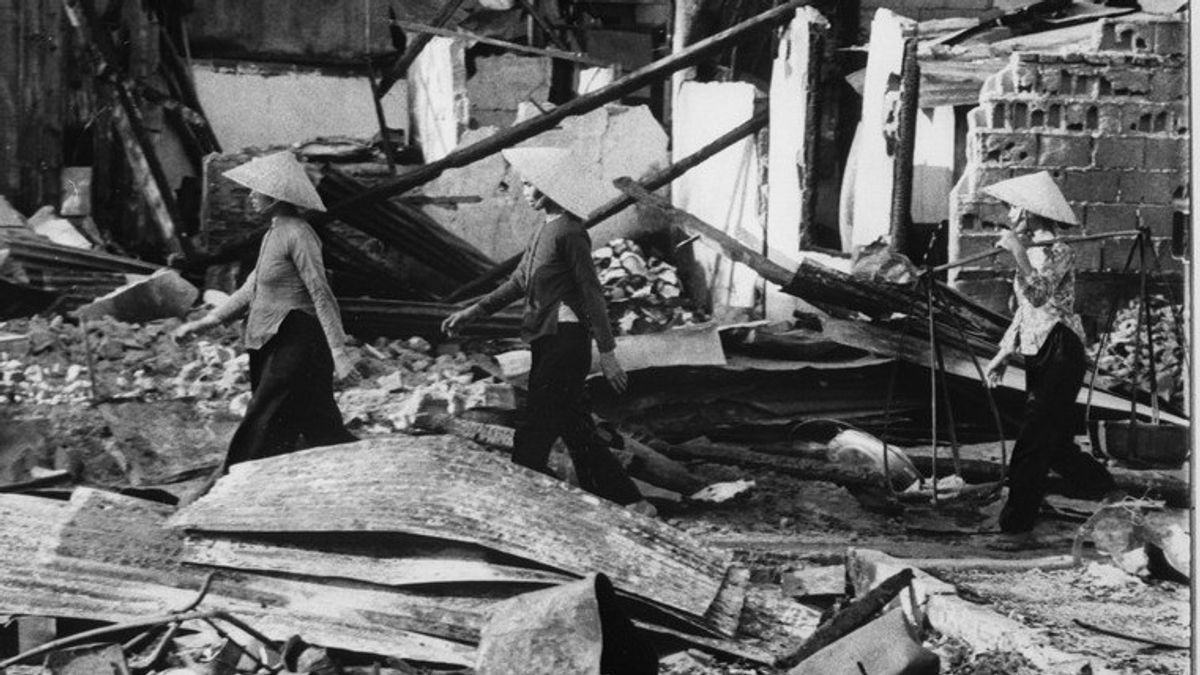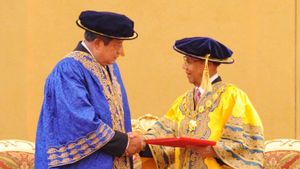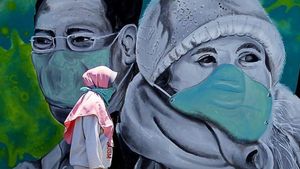JAKARTA - On July 2, 1976, North Vietnam and South Vietnam officially reunited and became the Socialist Republic of Vietnam. The two sides are united as one nation after more than 20 years of war.
With the establishment of Vietnam as a single country, Hanoi was chosen as the nation's capital. Radio Hanoi said the leaders of the Socialist Republic of Vietnam had been elected to the National Assembly by secret ballot.
Quoting the New York Times, based on radio observations, thunderous applause greeted the announcement of unification in the Assembly with 492 members. The flag, anthem and coat of arms of North Vietnam were approved as symbols of the country.
"A new page of Vietnam's history has opened," the broadcast said.
“At this time, 8.30 am on July 2, 1976, the Vietnamese nation is officially considered a unified nation from Cao Lang to Cau Mau.”
Cao Lang is the northernmost point of North Vietnam and Cau Mau is the southernmost peninsula of the former South Vietnam. The announcement of the official reunification was something of an anticlimactic.
Hanoi and Saigon, a year earlier had described Vietnam as one country. But both sides maintain separate government machinery and leaders.
As many Western observers predicted, all the high posts went to the leaders of North Vietnam rather than those in the South. But the exception is Nguyen Huu Tho.
Nguyen Huu Tho is the former president of the Provisional Revolutionary Government of South Vietnam. He was appointed as one of the two Vice Presidents. Another, vice president is Nguyen Luong Bang, vice president of North Vietnam since 1969.
The largely ceremonial post of President was given to Ton Duc Thang, who was the former head of state of North Vietnam and who was 88 years old at the time. Pham Van Dong, a skilled administrator and diplomat, defends his title as Prime Minister.
Divided Vietnam
Citing Vietnam the Art of War, Hồ Chí Minh declared Vietnam's independence on September 2, 1945. In his Declaration of independence, he outlined the right of Vietnamese people to “live, be free, and pursue happiness.”
He proposed the independence of Vietnam from Japanese occupation during World War II and French colonialism. In doing so, he also announced the creation of the Democratic Republic of Vietnam.
Independence became even more a dream when France lost at Dien Bien Phu. However, due to the Geneva Agreement in 1954, Vietnam was actually divided into two.
The French withdrew their troops from North Vietnam and the Vietnam Liberation League or Viet Minh organization withdrew their troops from the South. The related declaration states that after the troop withdrawal, elections will be held for the reunification of the country.
This provision was never approved by South Vietnam or the United States (US) and reunification elections were never held. South Vietnam effectively declared independence in May 1954 and Ngo Dinh Diem declared it a republic after he became president through elections in 1955.
This displeased North Vietnam and led to war. South Vietnam was strongly supported by the US, which saw it as a bulwark against communism.
While China and the Soviet Union became the main supporters of North Vietnam by providing large-scale military and financial assistance. The two communist superpowers have been competing with each other to prove their "brotherly socialist ties" to the regime in Hanoi.
*Read other information about WORLD HISTORY or read other interesting articles from Putri Ainur Islam.
MORE HISTORY TODAYThe English, Chinese, Japanese, Arabic, and French versions are automatically generated by the AI. So there may still be inaccuracies in translating, please always see Indonesian as our main language. (system supported by DigitalSiber.id)









